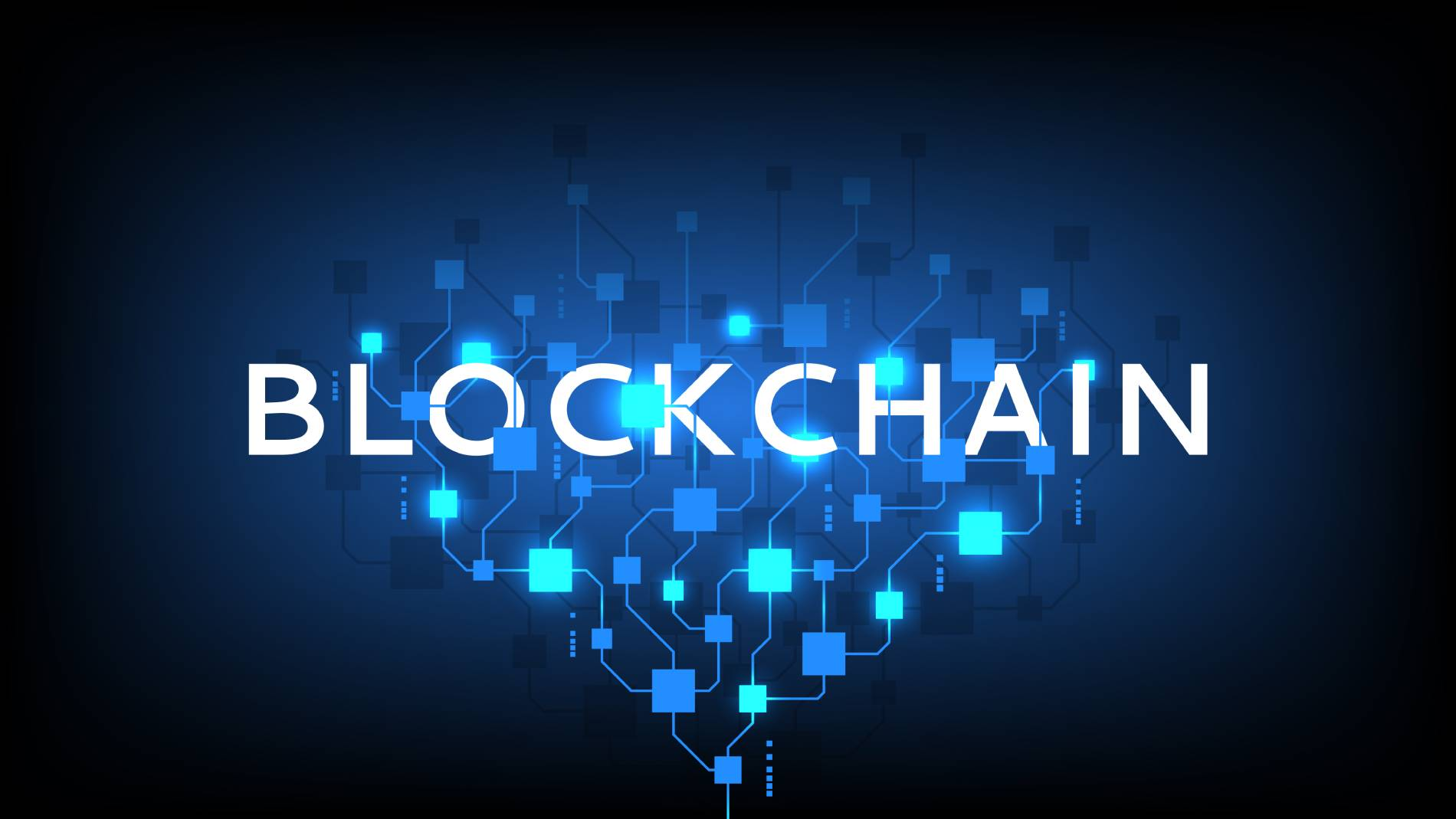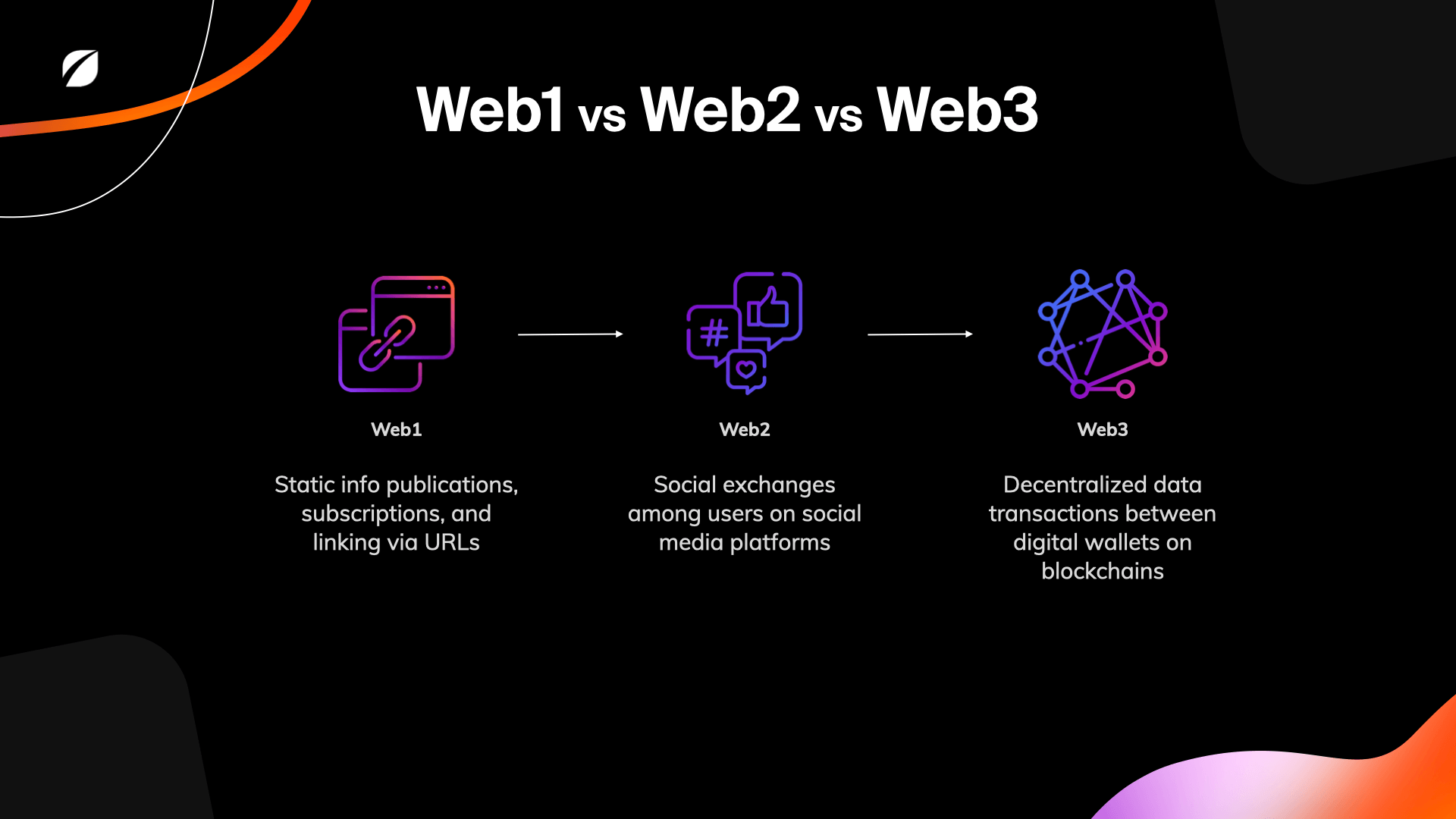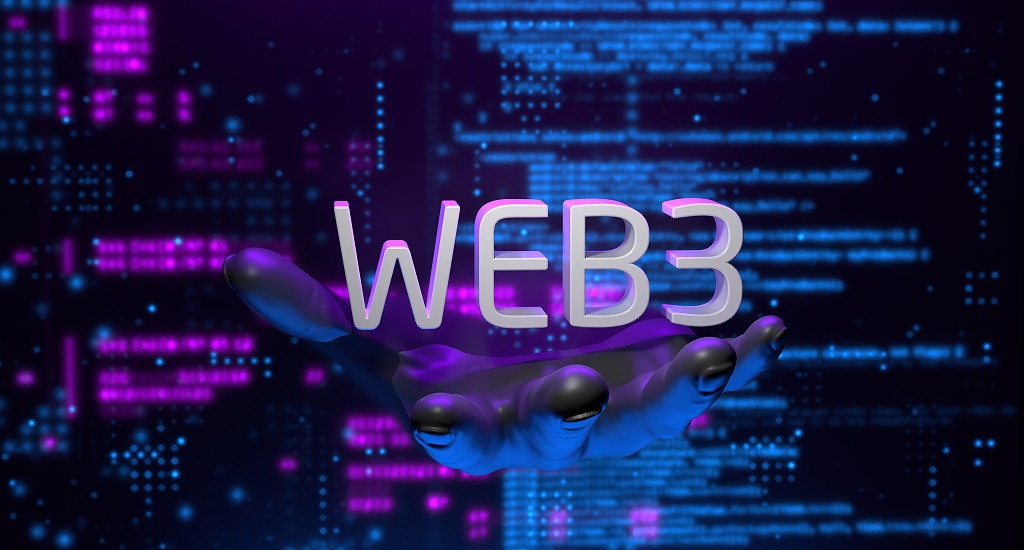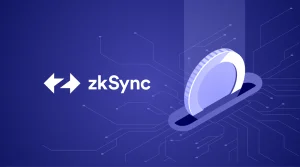What is web3 ?
Web3 is the internets next fast generation, one that focuses on shifiting power from big technology companies to individual user. Web is the decentalized web3. Web3, sometimes known as “Web 3.0”, is a term that is being thrown around a lot these days. It targets the future of the Internet to come, including decentralized crystals and a desire to be less restrictive on plugins, YouTube, amazon ,netflix, and other big tech companies. Web3, with its vision of a more user and independent offline landscape, is gaining priority.

Quick Takes:-
Web3, the third version of the Internet, greatly promotes decentralization and gives more power to the , which will have less influence on big Technic LLCs like Netflix, Amazon, Flipkart and YouTube.
Web3 differs from the “walled gardens” created by big tech companies that characterized previous iterations of the Internet and allows people more control over their data and content.
In Web3, peer-to-peer networks serve as natural fiats that enable decentralized peer-to-peer interactions. As a way to facilitate the inclusion of proprietary and unique digital assets, non-fungible tokens (NFT) ensure Web3’s focus on user ownership and decentralization.
Web3 is criticized for problems such as unequal ownership in blockchain networks, “decentralization theater”, and high entry barriers to blockchain development, which are often seen as down-and-out jobs for specialized engineers.

What is web3 and how is it different from web1 and web2:-
To understand Web3 it is necessary to examine its precursors. Web1 was the original version of the Internet in the late 1990s, consisting mostly of static homepages and links. The main purpose of the websites was informational; They offered nothing more than reading and publishing simple content.
The “read/write” version, also known as Web2, appeared after Web1. This term refers to a code that permits users to create as well as access files, enabling both content creation and consumption. Web2 made it easier for users to create content for websites like Tumblr, online forums, and classified ads sites like Craigslist. The emergence of social media platforms such as Facebook, Twitter, and Instagram afterwards led to an unprecedented increase in the sharing of content.







